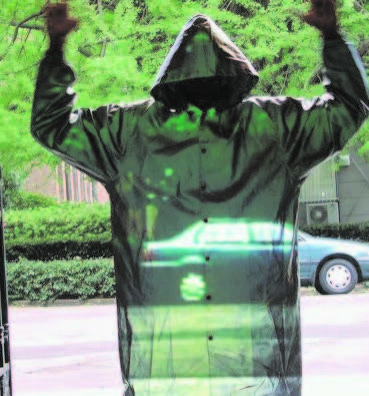
Two Indian-American teenagers — Rajan Vivek from Arizona and Prasanna Krishnamoorthy from Delaware featured in the prestigious 3-D Space Container Challenge held by NASA (National Aeronautics and Space Administration). The challenge asked young minds to make an innovative container that will make life of astronauts easier while they are in space. NASA has received number of innovative and revolutionary designs which will be used in upcoming Mars exploration project scheduled for 2017 and 2020.
However, both Rajan Vivek from Arizona and Prasanna Krishnamoorthy from Delaware figured among 10 finalists of NASA’s national 3-D Space Container Challenge, however, failed to win the prestigious competition which went to Ryan Beam of California.
Mr Beam’s ClipCatch design will allow astronauts on the space station to clip their fingernails without worrying about the clippings floating away and potentially becoming harmful debris.
Mr Rajan’s Hydroponic Plant Box container tackles the challenge of containing water in a microgravity environment while still allowing plants to grow roots in it.
Hydroponics, growing plants without soil, would be very effective in spacecrafts because it requires less space and plants grow faster and stronger, NASA said.
Mr Prasanna on the other hand developed a Collapsible Container.
In order to use the limited space on international Space Station, the Collapsible Container can expand and compress to perfectly fit its contents. When empty, it can compress fully for easy storage, NASA said.
“The simplest tasks on Earth can be quite challenging, and even dangerous, in space,” said Niki Werkheiser, NASA’s In-Space Manufacturing project manager.
“Being able to 3-D print technical parts, as well as the lifestyle items that we use every day will not only help enable deep space travel, but can make the trip more pleasant for astronauts,” he said.
NASA, in partnership with the American Society of Mechanical Engineers Foundation, which managed the competition, announced the winners of the Future Engineers 3-D Space Container Challenge yesterday.
The winning designs focused on making life in space a little more comfortable for astronauts, NASA said. The 3-D Space Container Challenge asked students to design models of containers that could be used in space.
They could range from simple containers that could be used to hold collected rocks on Mars or an astronaut’s food, to advanced containers for experiments that study fruit flies.
Students across the US spent part of their summer using 3-D modelling software to design containers that could be 3-D printed, with the ultimate goal of advancing human space exploration on the International Space Station, Mars and beyond.





Be the first to comment